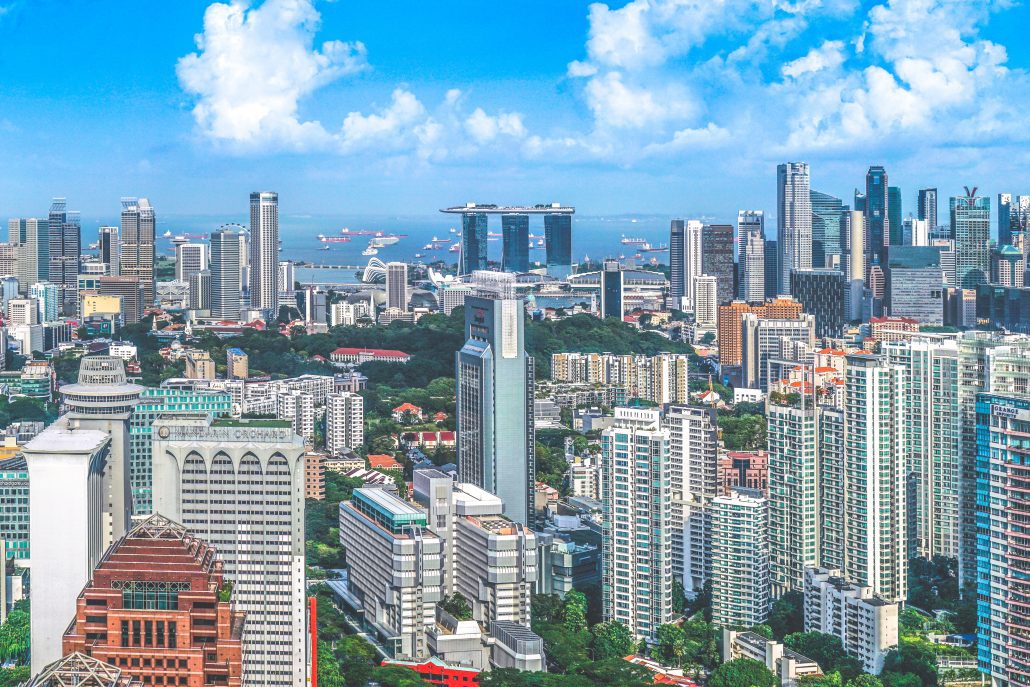Since 2009, you may have heard countless times about Singapore adopting several ‘property cooling measures’. Have you ever wondered what the hype is with cooling measures, and why are so many people concerned about them? Let’s face it, most of us do not even know what some of these cooling measures are, and how they can affect us. Well – fret not, we will be explaining to you what the latest ones are in this article!
Firstly, it is important to reiterate the purpose of cooling measures: as the word ‘cooling’ suggests, the measures implemented serve to moderate demand for residential properties while increasing supply. This prevents speculative buying as well as mitigate the rate of increase in prices which, if left uncontrolled, might result in soaring prices and a risk of destabilising correction in the future. Besides, these measures also promote tighter home ownership and prevent over-borrowing which was the main cause of the 2008 Global Financial Crisis; caused primarily by sub-prime lending.
Since 2009, there have been 9 rounds of property cooling measures, with the latest one being introduced on 10 March 2017. It has to be noted that every round of cooling measures take into consideration the conditions of the residential property market. The cooling measures are as follows:
ABSD (Additional Buyer’s Stamp Duty) and Loan to Value (LTV) Limits
The Additional Buyer’s Stamp Duty (ABSD) was first introduced on 8 December 2011. It was imposed on top of the Buyer’s Stamp Duty (BSD), and applied to the purchase price, or the current market value of the property, whichever is higher. In short, the ABSD taxes individuals who are looking to purchase more than 1 property. The current ABSD rates are as follows:
In the latest announcement of cooling measures, the Government decided to maintain the current ABSD rates as it is. One reason for this is that transaction volumes within the private residential property market has remained stable. Demand for private residential properties are healthy as a result of a low interest rate environment, as well as continuous income growth. Nevertheless, the Government still reminds households to be financially prudent and work on their savings so as to cushion any possible impact of higher interest rates or lower income purchasing power in the future, the former being more prevalent moving forward into 2018.
TDSR (Total Debt Servicing Ratio) Framework
The Total Debt Servicing Ratio (TDSR) framework is another major measure which has been tweaked. This aim of this measure is to encourage prudent borrowing by households, while protecting and strengthening the credit underwriting standards of financial institutions.
Under this scheme, property loans extended by a financial institution should not exceed a TDSR threshold of 60% – this means that financial institutions are restricted from lending to an individual if his/her outstanding debt repayments (all debts, including property loan) exceeds 60% of his/her gross income.
However, according to the Government, they have received feedback from some borrowers that the TDSR framework has mitigated their flexibility to monetise their properties in their retirement age (for instance, to borrow against the value of their properties to obtain additional cash). As such, changes were made to relax the measure. The TDSR framework is no longer applied to mortgage equity withdrawal loans with LTV ratios of 50% and below.
SSD (Seller’s Stamp Duty)
Before 10 March 2017, Seller Stamp Duty (SSD) is payable by those who sell their residential property within 4 years of their purchase, with tax rates ranging from 4% to 16% of the property’s value. This proved to be an effective measure against individuals who were looking to “flip” their properties to make short term profits; the number of sales transacted within the 4 years window has dropped significantly since the introduction of this measure.
As such, the government has decided to revise the SSD as follows:
- Impose SSD on holding periods of up to 3 years, down from the current 4 years
- Lower the SSD rate by four percentage points for each tier. The new SSD rates will range from 4% (for properties sold in the third year) to 12% (for those sold within the first year)
To give you a clearer view of this topic, the SSD rates will be as follows:
If your property was purchased between 30 August 2010 and 13 January 2011, the SSD rate is about 1%.
If your property was purchased between 14 January 2011 and 10 March 2017, the SSD rates are as follows:
- If you sell less than 1 year after purchase: 16%;
- If you sell between 1 year and 2 years after purchase: 12%;
- If you sell between 2 and 3 years after purchase: 8%;
- If you sell between 3 and 4 years after purchase: 4%.
If your property is purchased on or after 10 March 2017, the SSD rates are as follows:
- If you sell less than 1 year after purchase: 12%;
- If you sell between 1 year and 2 years after purchase: 8%;
- If you sell between 2 and 3 years after purchase: 4%.
Henceforth, these new SSD rates will be applied to all residential properties purchased on and after 11 March 2017.
Stamp Duties on Transfer of Equity Interest in Entities whose Primary Tangible Assets Are Residential Properties in Singapore
At this round of cooling measures, legislative changes were introduced in parliament with the aim of treating transactions in residential properties on the same basis irrespective of whether the properties are transacted directly or through a transfer of equity interest in an entity holding residential properties.
As such, owners of residential property-holding entities or PHEs (Property Holding Entity) are liable to pay for the usual stamp duties when they transfer equity interest in such aforesaid entities, going through the same process as if they are purchasing or selling the properties directly.
Extra restrictions with respect to Public Housing
In this case, government housing (such as HDB flats) are imposed extra restrictions in terms of
the Mortgage Servicing Ratio (MSR). The MSR is now capped at
- 30% – if the loan is granted by a private financial institution (such as banks)
- 35% – if the loan is granted by HDB
- On the other hand, other restrictions imposed are as follows:
- Permanent Residents (PRs) are disallowed to sublet/rent out their entire HDB unit
- PRs who own a HDB flat must sell their flat within 6 months of purchasing a Singapore private residential property
This pretty much sums up the latest property cooling measures in Singapore. As you can see, the overall rationale for such measures is to moderate the demand for both public and private residential properties, maintaining it at an optimal and healthy level. On that note, should you be a homebuyer or in need for any advice pertaining to financing issues in the purchase of your property, it would be wise to contact a renowned local mortgage advisory firm such as Redbrick to assist and advise you on the processes.
Want to find the best mortgage rate in town? Check out our free comparison service to learn more!
Read more of our posts below!




